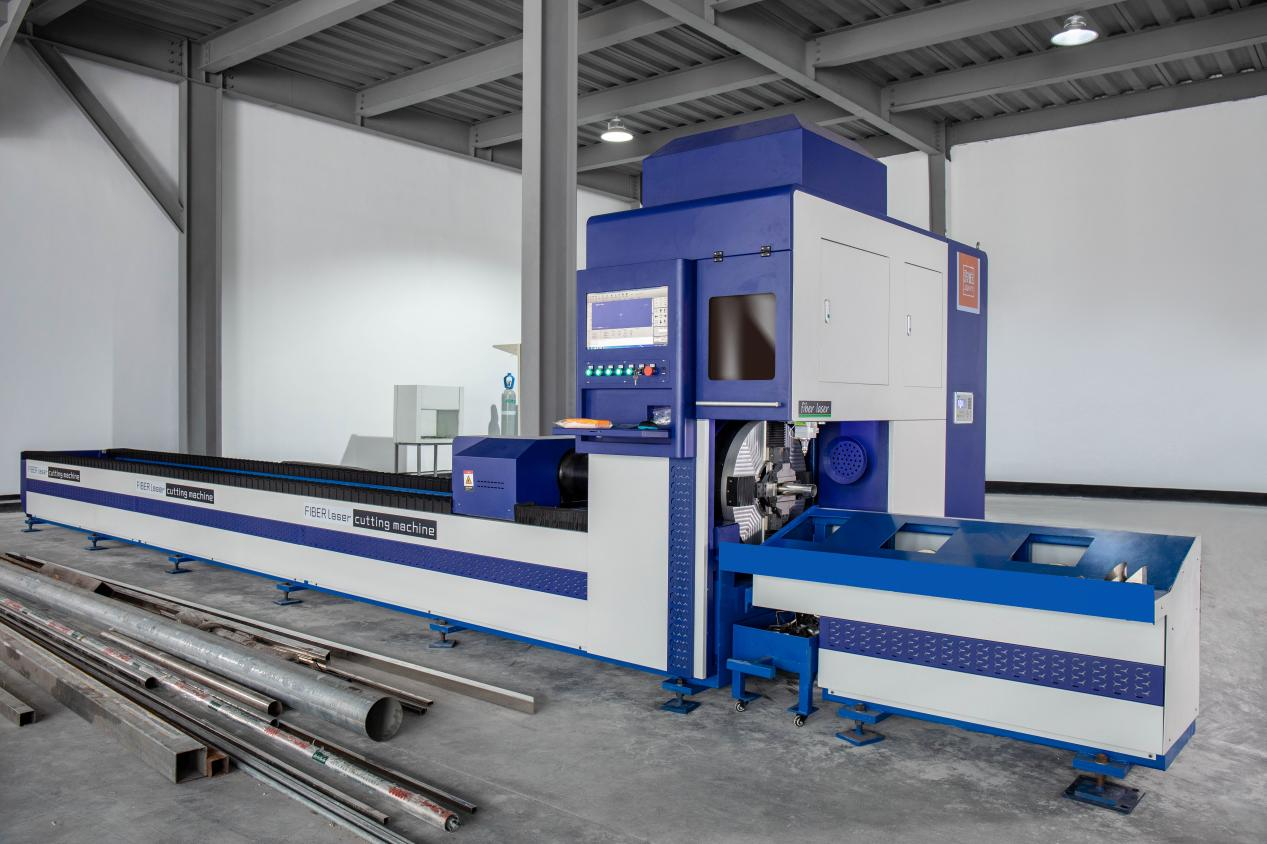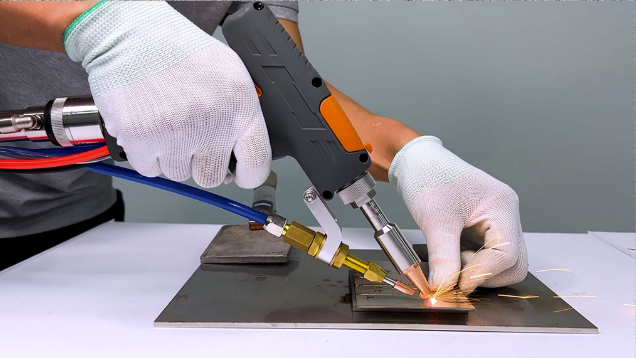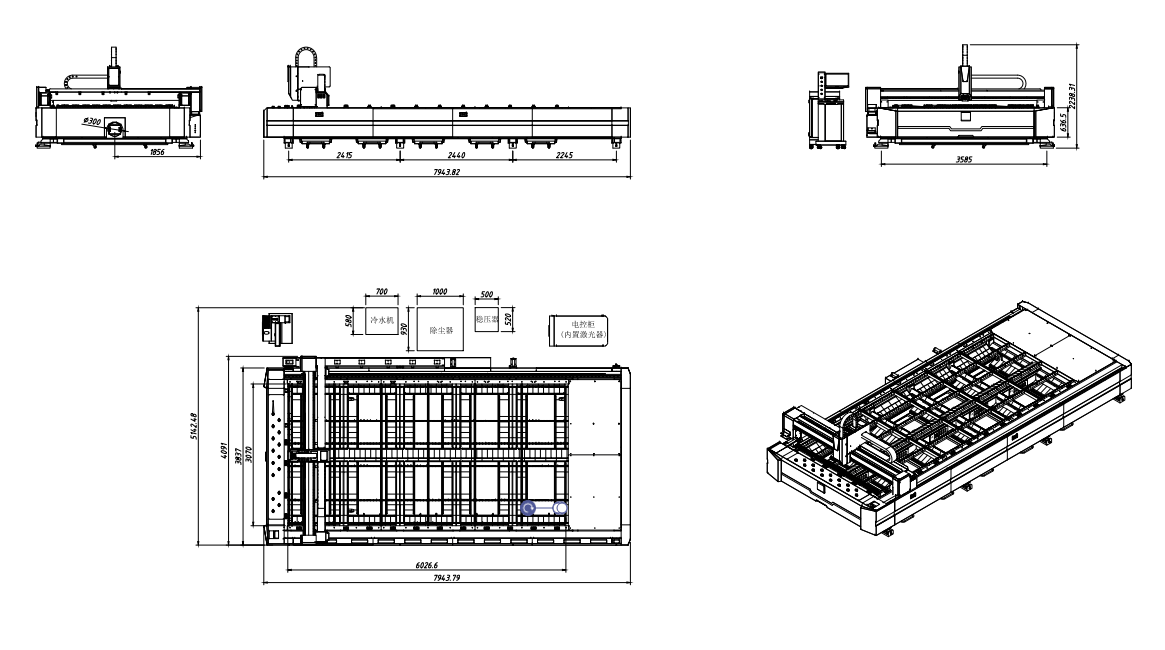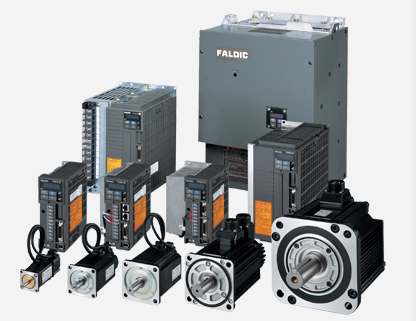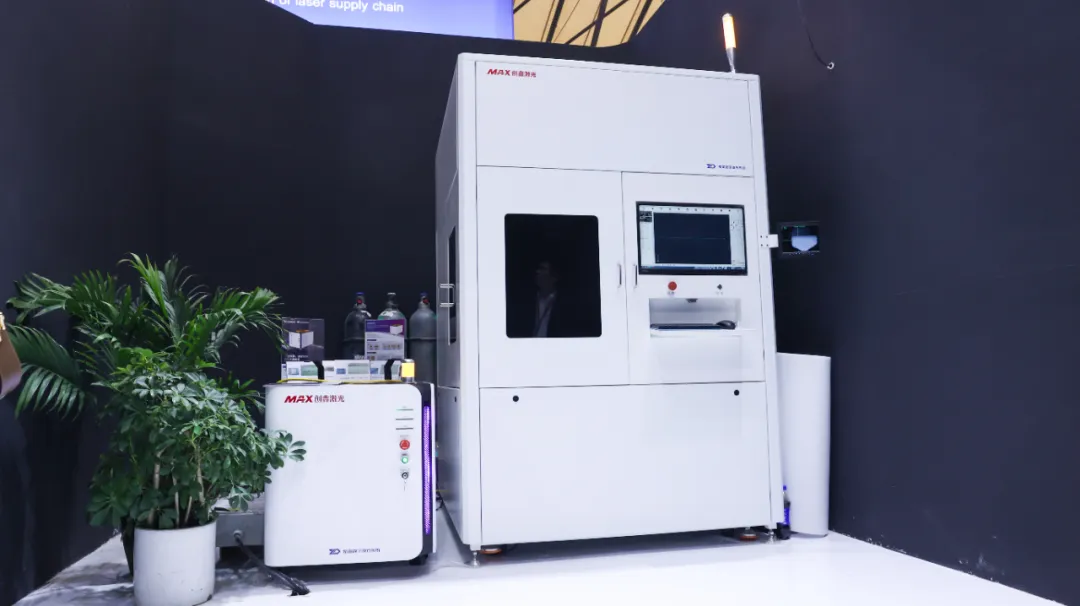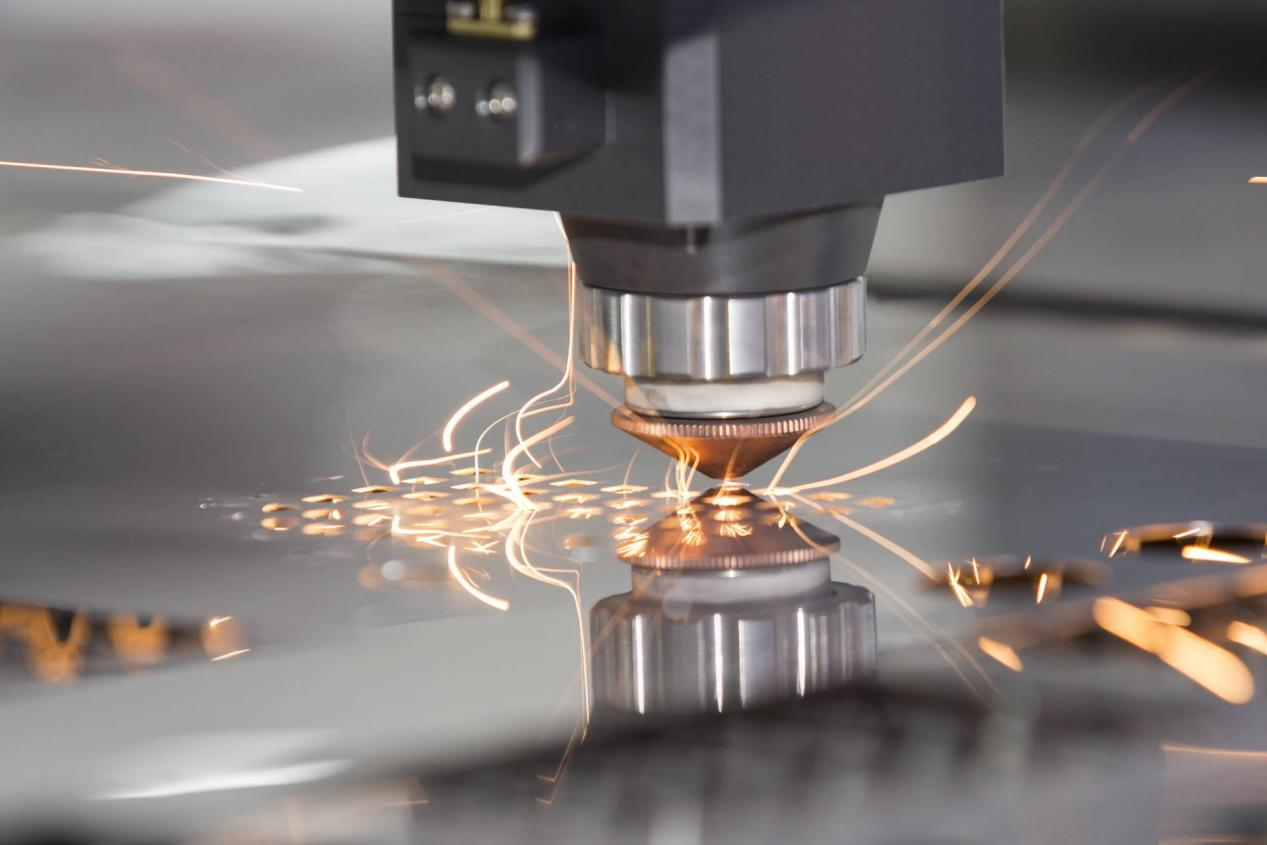Shanghai Bochu Electronics Company Launches Latest System: TubesT_V1.51 by the End of January 2024
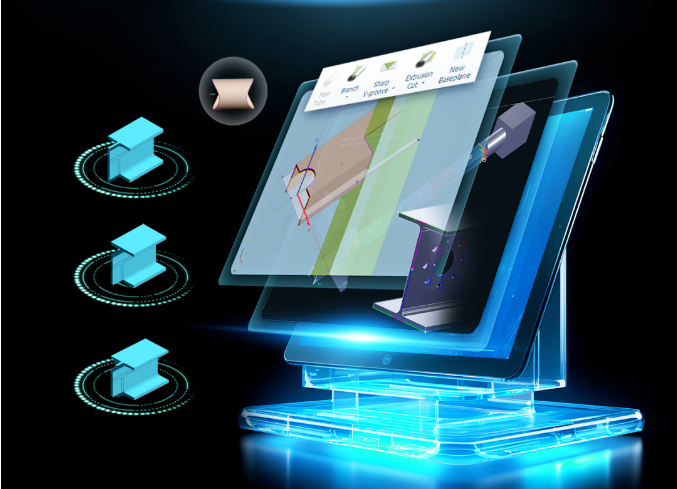
Shanghai Bochu Electronics Company has announced the release of its latest system, TubesT_V1.51, at the end of January 2024. This system provides a convenient parameterized drawing method for the staircase, railing, and handrail industries. It supports the quick generation of components such as horizontal bars, columns, vertical bars, and surface pipes with circular or square tube sections. It also offers different assembly methods, including “welding marking” or “insertion assembly.”
The new system also supports the automatic generation of various H-beam/I-beam T-joint cutting paths. For H-beam (or I-beam) components that require T-joint connections, the system introduces a one-click function to generate the T-joint cutting path. This not only saves time on manual drawing and processing but also improves the efficiency of actual production and processing.
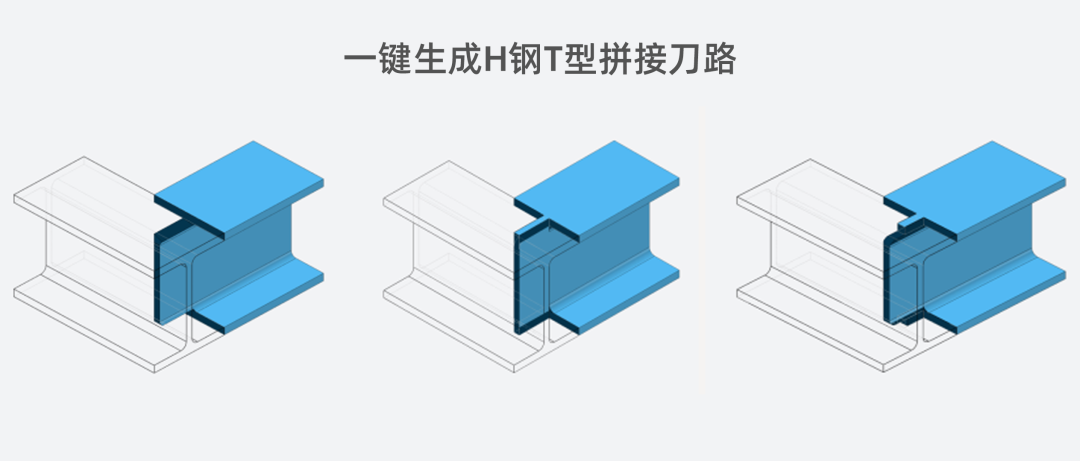
Continued nesting is now available in the automatic nesting feature. When the “clear previous nesting results” option is not selected, users can continue nesting based on existing results, thereby improving the utilization of pipe materials.
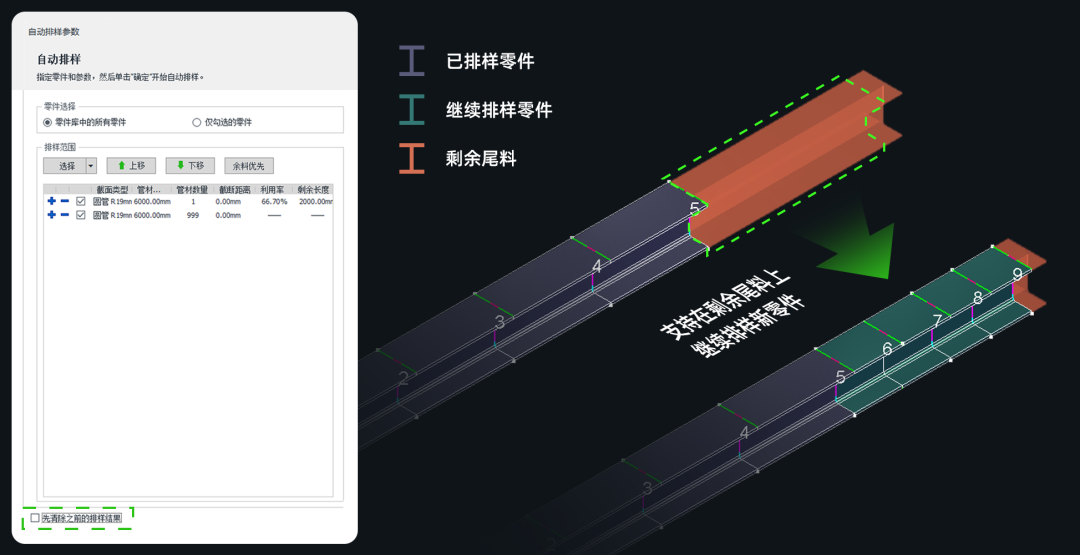
The effective range of merged components has been optimized. In scenarios where certain components at the end of the pipe must exceed a certain length to execute the corresponding PLC action due to the requirements of the pipe cutting machine’s mechanical structure, the “merge components” function can be used to combine multiple short components into one long component for processing. The new version of the software not only supports automatic merging of components but also allows manual merging of specified components. Users can also set the effective range and modify the cut-off line layer.
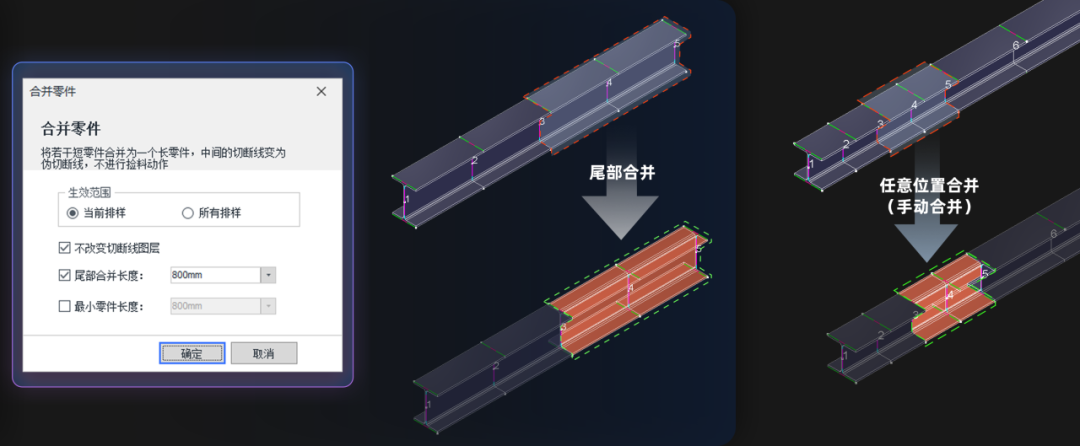
The section cutting path can now be configured to exclude certain layers based on process requirements. The system introduces a new layer parameter configuration feature, allowing users to set certain layers on the pipe surface to be excluded when generating the section cutting path.
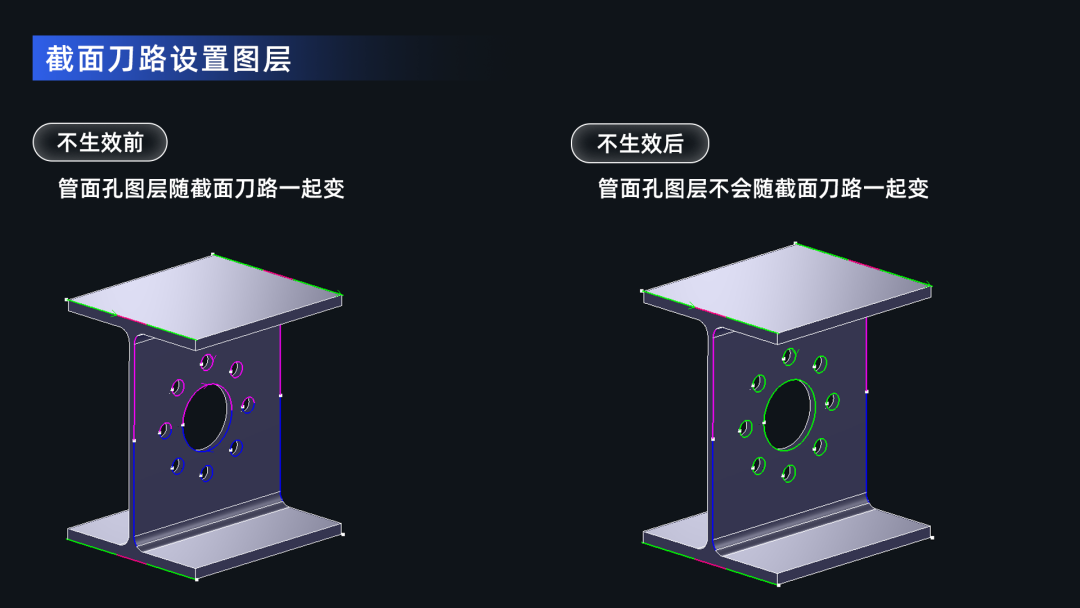
The “H-beam end face cutting path optimization” function has been improved. The system now supports the automatic recognition of H-beam end face bevel cutting paths. It can automatically modify the bevel and welding hole features on the H-beam end face to specific cutting paths, reducing the time spent on manual processing and improving production efficiency.
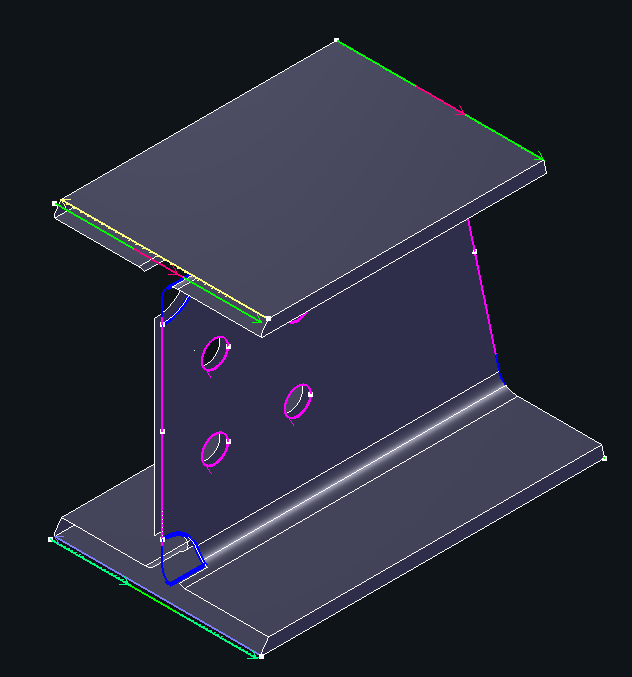
The 2D editing interface now supports the addition of enveloping graphics. The new enveloping feature allows users to import DXF format drawings, with support for layer mapping, automatic recognition of marking text, 3D preview, snapping, and rotation. Graphics wrapped around the pipe surface can be used as cutting paths, enabling the processing of various patterns, designs, or artistic components on the pipe surface.
The “automatic modification of contour vectors” function has been optimized. When the cutting head approaches the R corner of an H-beam, if the flange deforms but the cutting head does not swing in advance, the distance between the flange and the cutting head becomes critical, affecting the processing. The new version of the software introduces a “swing distance” setting, allowing the cutting head to swing in advance when approaching the R corner, based on the set swing distance, to avoid deformation of the flange and ensure proper cutting.
The system now supports merging T-shaped steel components into I-beams. In actual processing, if T-shaped steel component drawings are received but there is a need to process two T-shaped steel components on an H-beam, the “merge into I-beam” function can be used to improve the efficiency of editing cutting paths and production scheduling.
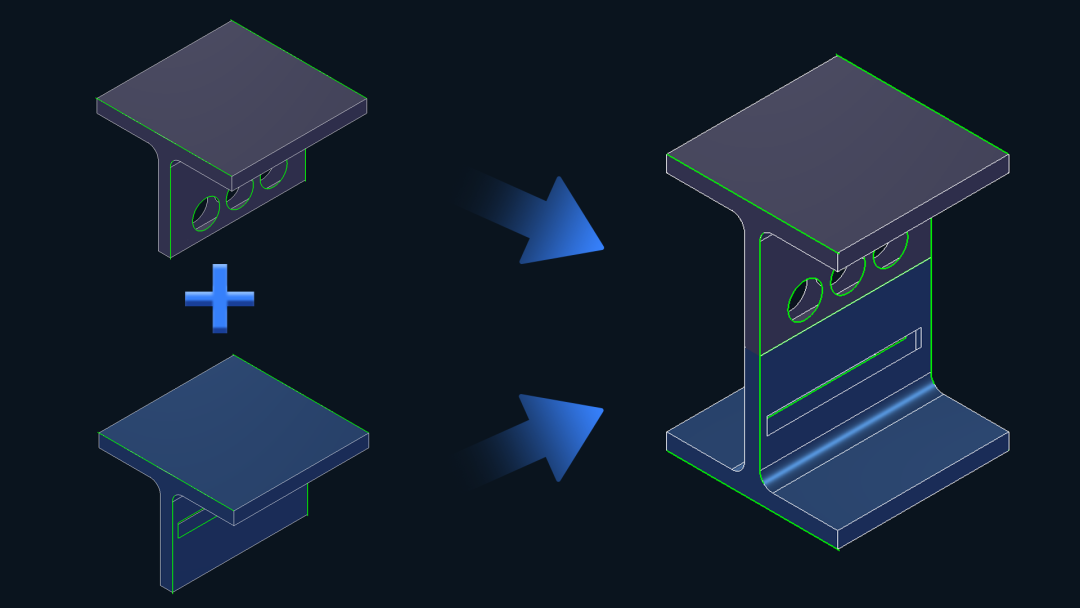
The nesting feature now includes an option for oblique cutting joints. When T-shaped components are combined into an H-beam and a cutting line is placed in the middle, the system allows automatic nesting with oblique or straight cutting joints, thereby improving nesting utilization.

The system introduces the “display machine tool processing (bevel) actions during simulation” feature. When enabled, the simulation will display the actions of the two chucks during processing. If the actual processing involves beveled components, the simulation will also display the bevel cutting actions, facilitating observation.
The system now supports the automatic modification of R angles for T2T format components. With the new “modify T2T component R angle” function, imported components can be automatically modified to match the desired R angle, avoiding the need for rework or modification when the component’s R angle does not match the actual pipe’s R angle.





